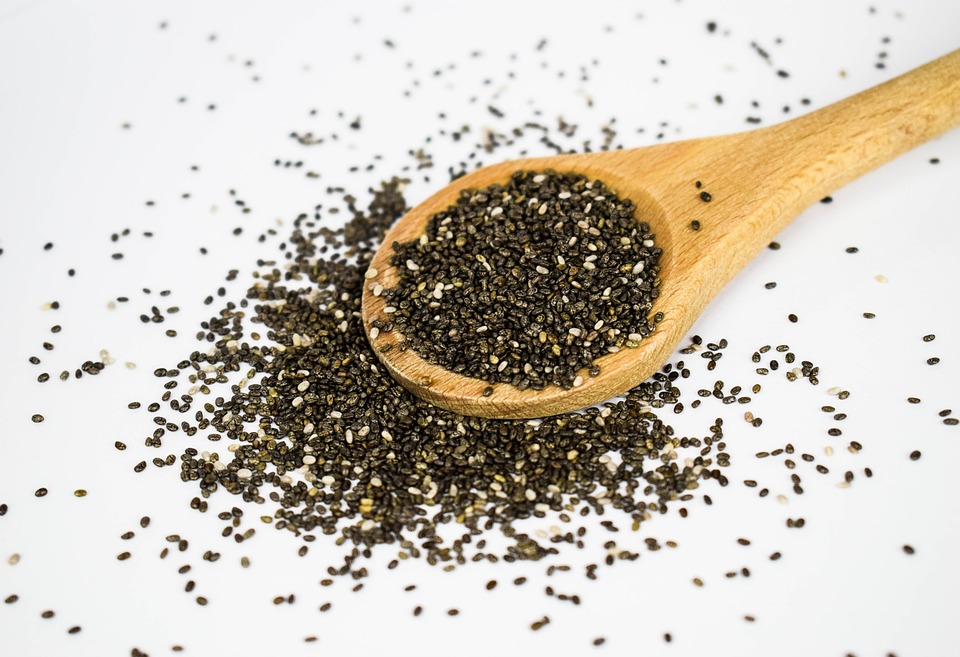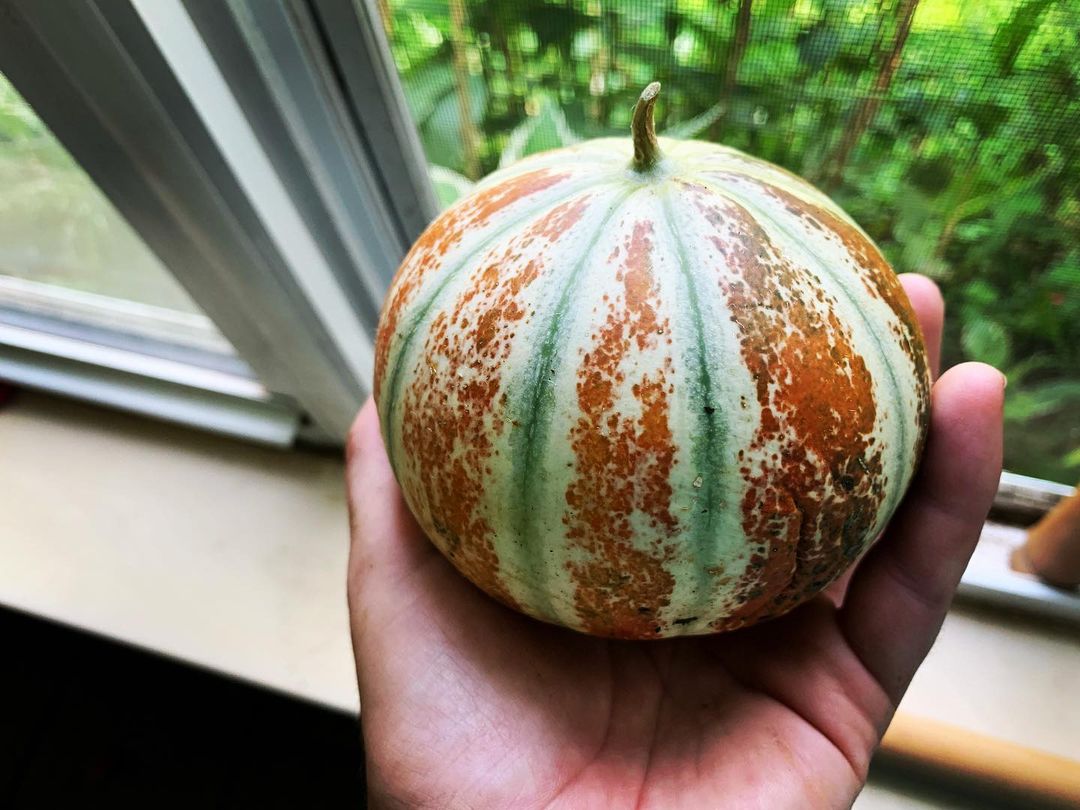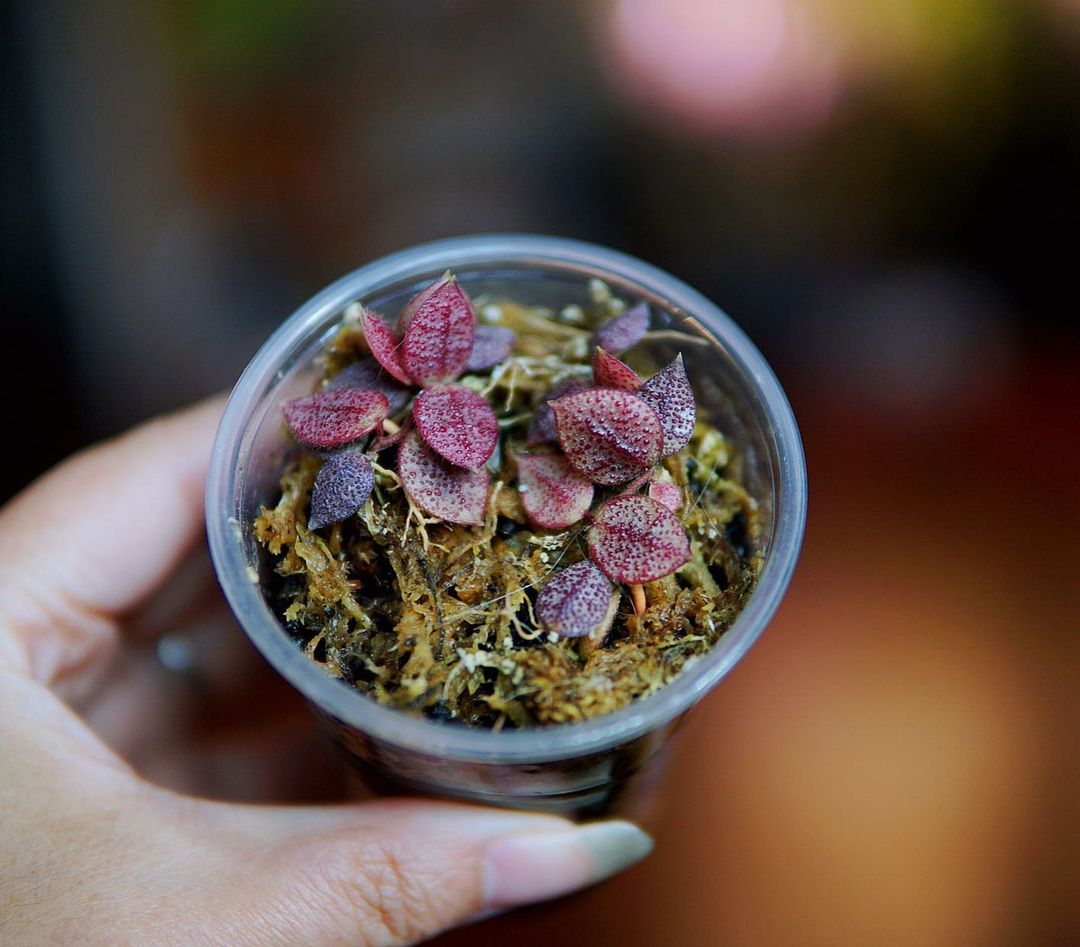Follow the best Tips to Grow Chia Seeds at Home with our expert guide and include this superfood in your daily meal.
Looking to incorporate nutrient-rich chia seeds into your diet? Why not grow them on your own? With a few simple Tips to Grow Chia Seeds at Home, you can cultivate your own supply of these versatile superfoods in no time.
Common Name: Chia
Botanical Name: Salvia hispanica
USDA Zones: 8-11
Learn How to Grow Fig Leaf Squash
What are Chia Seeds?
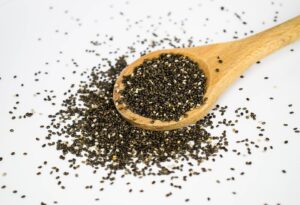
The chia plant (Salvia hispanica) is an annual herb that thrives in warm regions and is indigenous to Mexico and Guatemala. Its name is derived from the Mayan word for “strength” and an Aztec word for “oily.”
Belonging to the Lamiaceae family, also known as the mint family, Salvia is the largest genus of this family of plants. Known for their assertive growth, some types of mint plants can spread aggressively.
Once established, chia plants require very little maintenance. They produce flowers on wheat-like spikes that can grow up to five feet tall. The tiny, bell-shaped flowers, which bloom from late spring to early summer, have an attractive violet-blue color. While the plant does have some ornamental value, the real highlight of the chia plant is its seeds.
Chia seeds have gained popularity recently due to their numerous health benefits.
Check Best Black Walnut Companion Plants
Propagating Chia Seeds
Growing Chia Plants from Seeds
Chia plants thrive in USDA zones 8-11, but recently developed strains of seeds have shown potential for growing in colder regions for commercial purposes.
If you reside in a suitable growing zone, you can plant chia seeds like any other annual flower.
- To plant chia seeds, prepare your soil bed during the fall season and lightly scatter the seeds over the soil.
- Cover them with a thin layer of soil and water them lightly each day until sprouts appear.
- After the chia plants have established themselves, they should self-sow every fall.
These plants are popular among pollinators, like many other salvia flowers, and can also self-pollinate. The seeds will develop in small seed heads beneath the flowers.
Check 13 Best Companion Plants for Okra
Tips to Grow Chia Seeds at Home
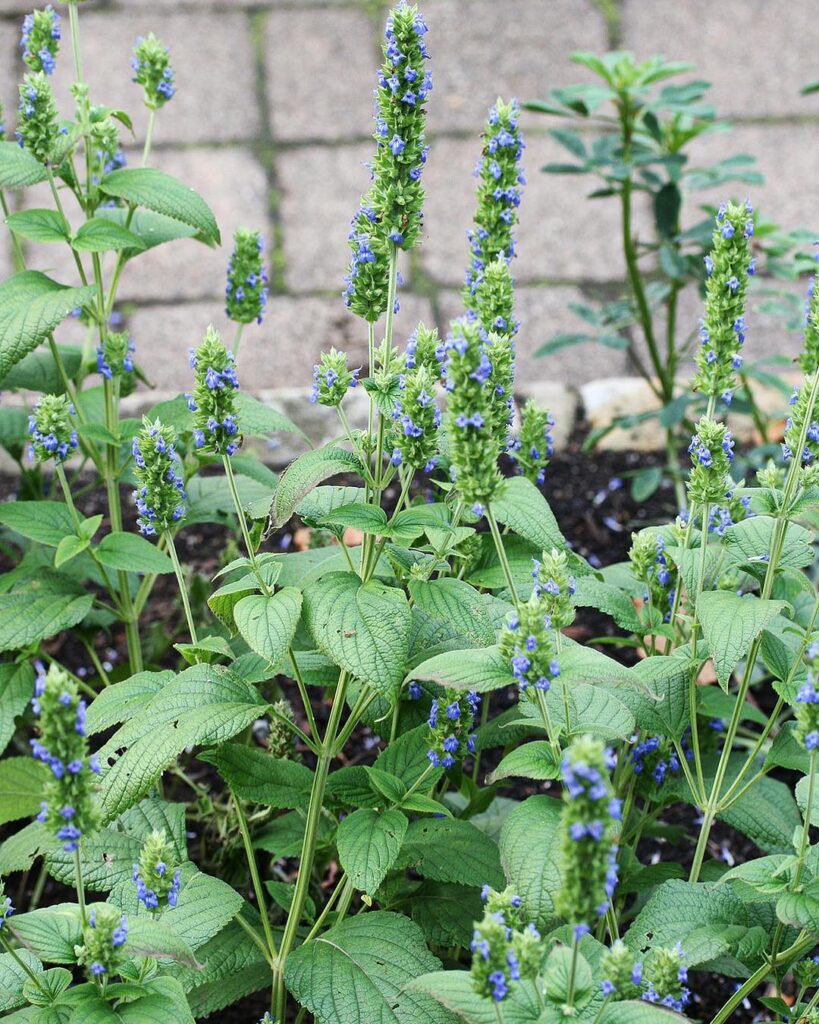
Chia plants are easy to grow and require minimal upkeep once established, making them an ideal crop for home gardeners who want to harvest the seeds. These plants thrive particularly well in hot regions of North America.
Light
This superfood prefers full sun and is highly tolerant of heat, even during the hottest days of summer.
Soil
Chia plants are versatile and can thrive in various soil types, including sandy and clay soils. However, proper drainage is crucial as these plants prefer not to remain too moist.
If you plan to grow chia plants in pots, it’s recommended to use a commercial growing mix with a bit of sand mixed in. Using unglazed terracotta pots can also aid in moisture absorption.
Water
Chia seed plants are highly drought-tolerant but require regular watering until they become mature. However, once established, these plants can survive with little to no additional watering as they can adapt to various conditions.
Their hardiness and adaptability are evident as they are often one of the first plants to re-emerge after a fire.
How to Harvest Chia Seeds
- When your chia plant is ready to harvest, remove the flower heads from the stalk after most of the petals have fallen off.
- To dry them out, put the heads in a paper bag or wrap them in a paper towel.
- Once dry, break up the heads by hand or with a paper bag to collect the seeds.
How to Store Chia Seeds After Harvest
Store your harvested chia seeds in a cool, dark, and dry place, such as a mason jar. You can use the seeds just like packaged chia seeds or save them for sowing next season.
Benefits of Chia Seeds
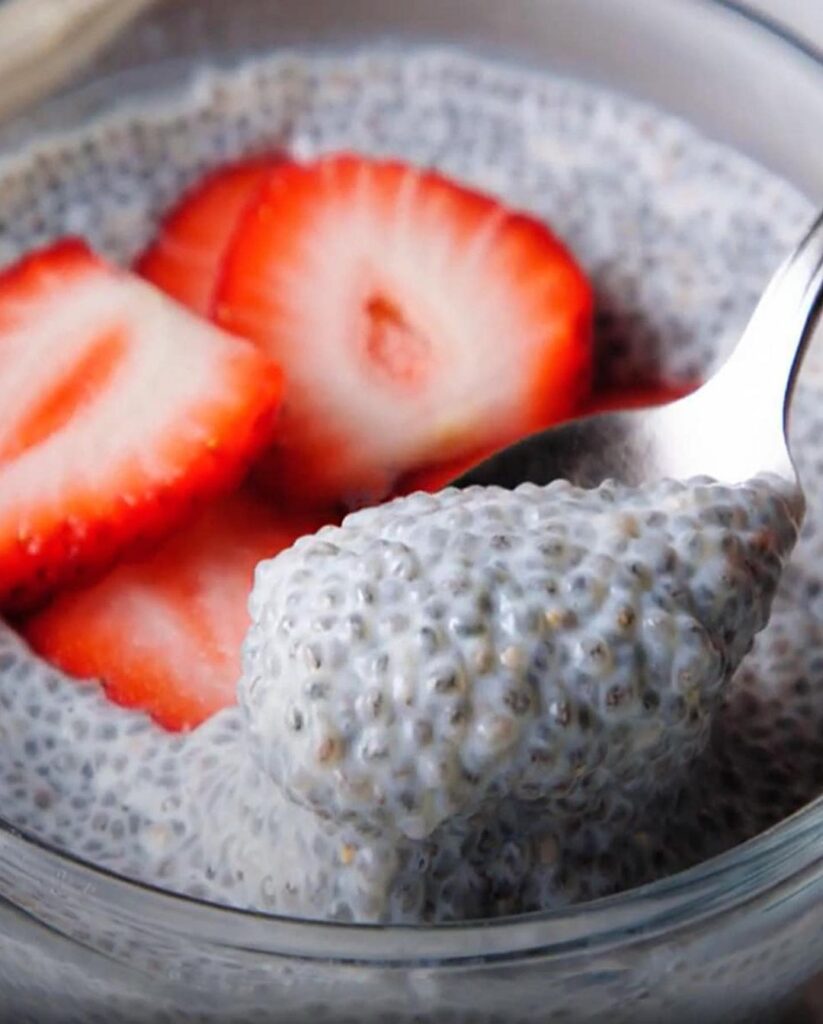
- Chia seeds are a highly valued food crop commonly categorized as a “pseudocereal” due to their seed-like nature, unlike traditional grains. They are widely cultivated for this purpose in Mexico, Guatemala, and the southeastern United States.
- Chia seeds have a high oil content that provides a significant amount of calories, and they are packed with essential nutrients such as thiamine, niacin, manganese, selenium, phosphorous, and copper.
- Chia seeds are a rich source of antioxidants, including quercetin, which is believed to reduce the risk of cancer and heart disease. These compounds also contribute to the seeds’ extended shelf life by preventing rancidity, a common issue with other oil-producing seeds.
- Additionally, chia seeds are an excellent source of fiber, high-quality protein, and omega-3 fatty acids.
- Numerous studies have extensively researched the health benefits of chia seeds, including their potential for diabetes treatment and the ability to lower cholesterol, blood triglycerides, and blood pressure levels.
- Chia seeds are often added to commercial foods such as cereal, granola bars, yogurt, and baked goods due to their heart-healthy properties.
- They are also a popular ingredient in smoothies, providing a nutritional boost.
- Chia seeds can be mixed with water to create a gel-like substance that serves as an egg substitute, often used in vegan baking. This method is similar to using flax seeds as an alternative to eggs.

